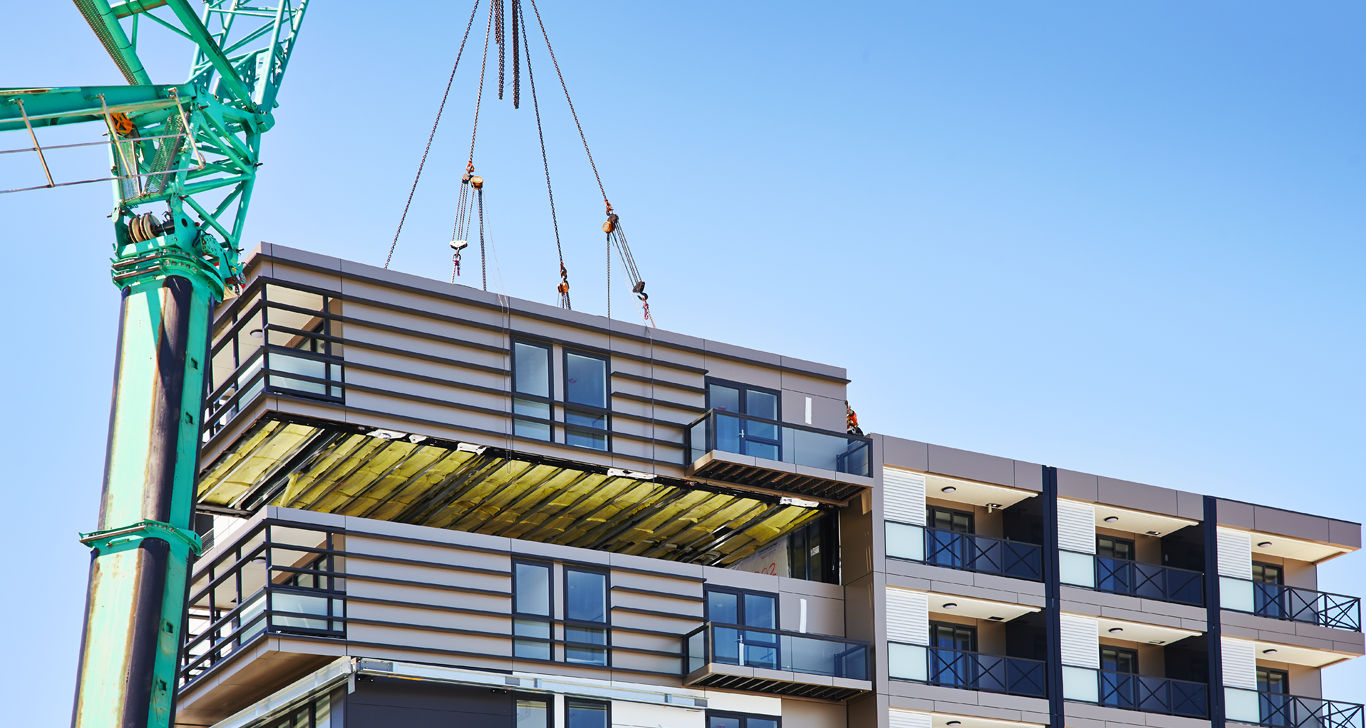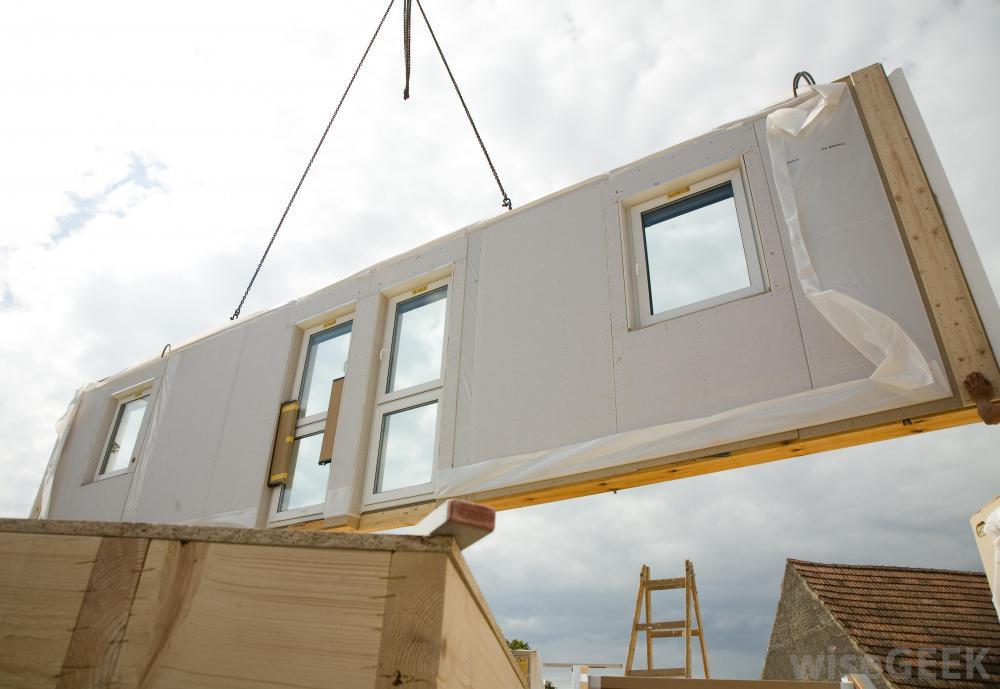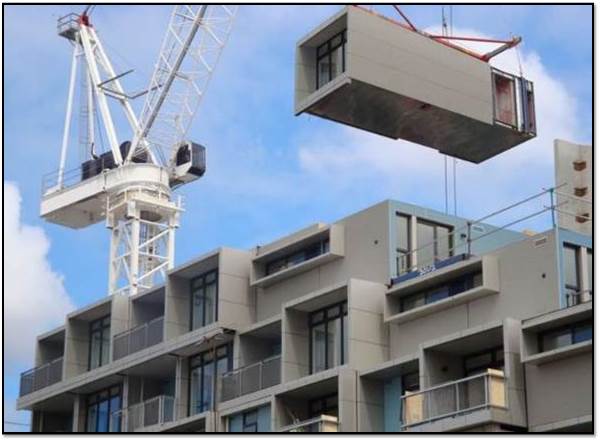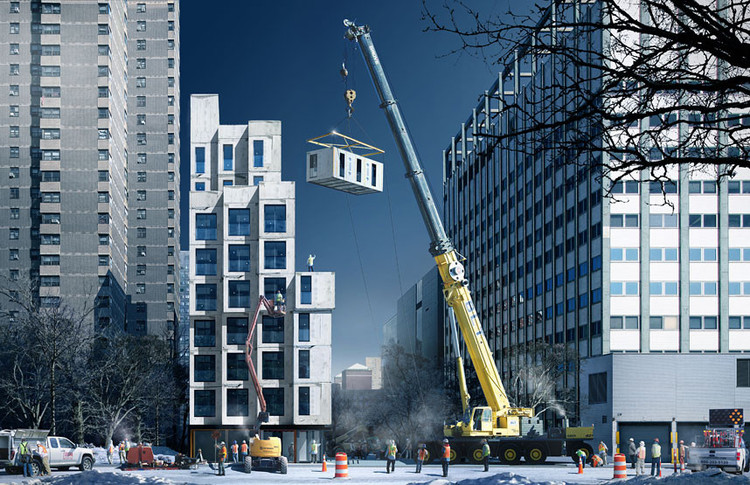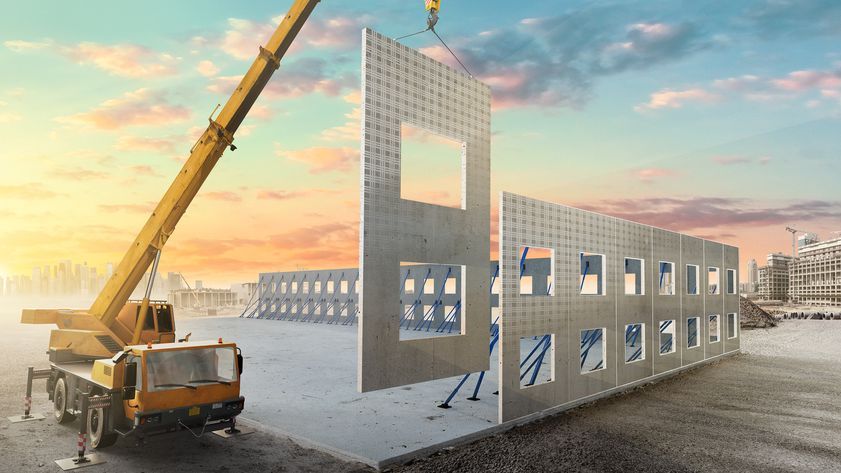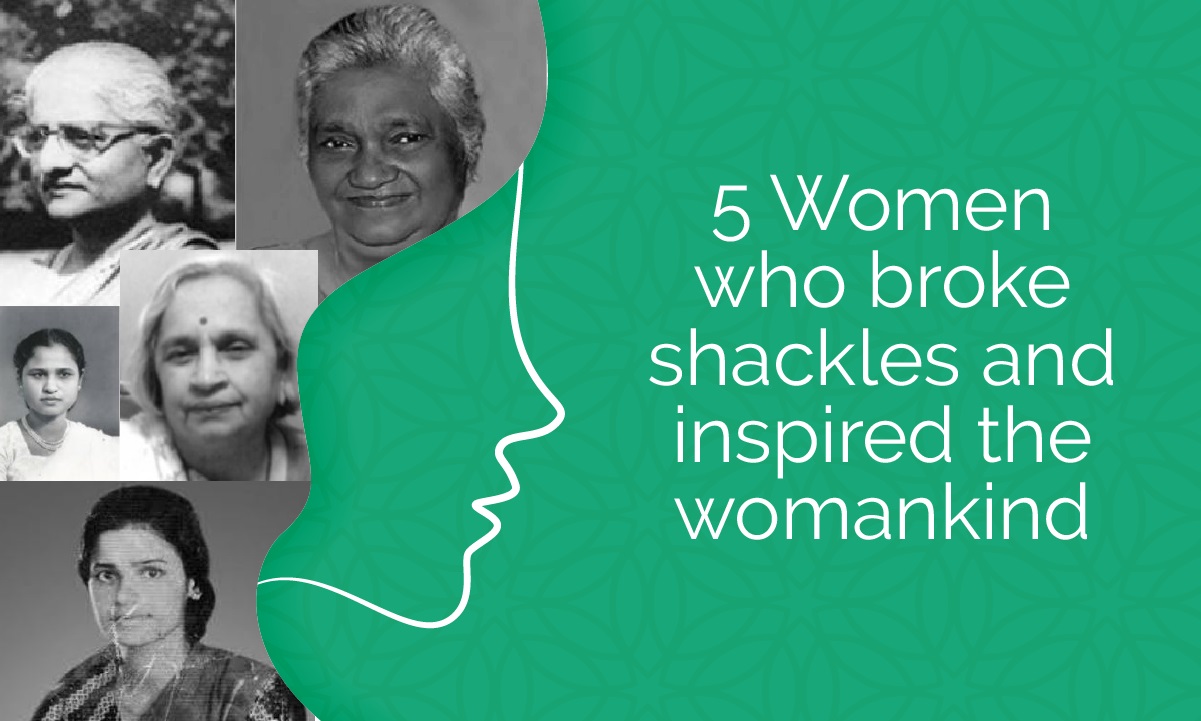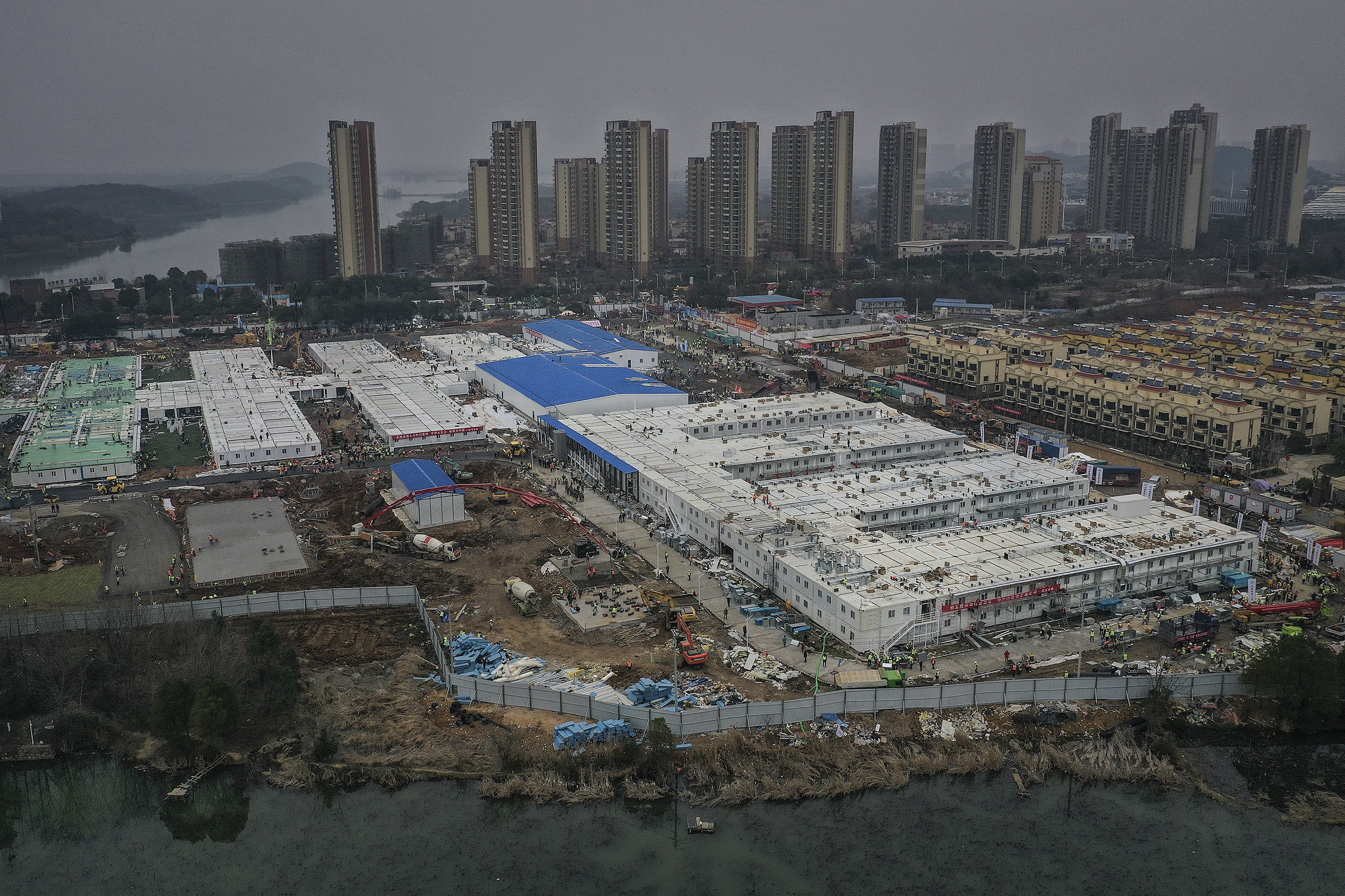Prefabricated construction, this term leads most of us to think about complete structures being built in a factory and then transported to the site and set on a foundation. To a great extent, this is notion is quite correct.
To put in simpler terms, Prefab or prefabrication is the practice of bringing together components of a structure in a factory or other manufacturing site and then transporting the complete assembles to the construction site where the structure is planned to be located. This technique controls construction costs by economizing time, wages, and materials. Prefabricated units may include doors, wall panels, floor panels, stairs, window, walls, roof trusses, room-sized components, and sometimes even entire buildings.
This building method has been gaining a lot of popularity and builders across the world are using factory precision and efficiencies to construct quality structures.
A Little More On The Prefab Concept
Prefabricated construction is a combination of great design with up-to-date high-performance mechanisms and quality-controlled manufacturing procedures. The work is carried out in mainly two stages, first is the manufacturing of the components which takes place in the factories or a location that is other than its final location and the second stage is the erection of the structure in the final position.
The different prefabricated sections are produced in huge quantities and then shipped to various construction sites. The precast concrete units are hardened and cast before it is used in the construction. However, sometimes, builders cast components at the construction site and hoist them into the actual location after they harden.
With prefab techniques, bad weather conditions no more hinder the construction process, in fact, it helps in reducing waste in time and materials at the site. This technique also ensures speedy erection of the structures.
Uses Of Prefabrication
Prefabrication is just not used in the construction of huge buildings, but it has several other uses too:
- The most commonly used form of prefabrication building is the use of prefab concrete and steel sections in structures where one particular building element is repeated a number of times.
- Prefabrication eliminates the need to transport concrete to the construction site and the need to mix and pump wet on a congested construction site. Also pouring concrete sections in factories ensure the moulds can be reused time and again.
- Prefabricating steel sections cut cost on on-site cutting/welding and also lessens the linked hazards.
- These techniques are also being used in the construction of apartment blocks, housing developments which have repeated housing units, office blocks, warehouses and factory buildings.
- Prefab glass and steel section are being widely used in the exteriors of large buildings.
- Prefab bridge systems and elements offer noteworthy benefits in terms of cost, construction time and safety environmental impact constructability for bridge designers and contractors.
- Mobile phone radio towers and other services very often comprise of numerous prefabricated sections.
- This technology is also being widely used in the assembly of space crafts and aircraft. Components like fuselage sections and wings are often manufactured in different countries or states and then finally assembled in the actual site.
Different Types Of Prefabricated Systems
Prefabrication is just not about concrete and modular systems, there is much more to that. We think it will be quite interesting to have a look at the different types of prefab systems.
buy Pregabalin 1. Panelized Wood Framing
Used typically for roofs, these are long pieces of frames built from laminated timber, covered either by a plywood or some board roof deck. Panelized frames can be up to 72 feet long, these roof panels can save construction time and make roof construction a much safer activity.
buy modafinil dubai 2. Sandwich Panels
Made from 2 thin facings of materials like concrete, plywood, or stainless steel. The facings are then stuck to an insulating core, made typically of materials like foam, paper, cloth or rubber.
3. Steel Framing
For ages, steel has been one popular and trusted building material for commercial and residential construction. Steel framing uses this strong and durable material to create prefab panels which can be used to construct buildings.
4. Timber Framing
Not very common in India, timber framing panels are quite popular in other countries where timber homes are common. These framings are built in factories and then used in erecting timber homes.
5. Concrete Systems
Having concrete fragments of a prefabricated building cast in the factory provides more versatility and also saves time. Even though architectural elements like concrete panels are heavier than other building components, they are typically sturdier and can improve a building’s aesthetics.
6. Modular Systems
These systems use all prefab styles and create a whole building structure typically made from factory-constructed units. The buildings are transported to the final construction site and then simply connected to a prepared foundation.
Prefabrication demands the cooperation of architects, builders, and suppliers, regarding the size and specification of basic modular units.
Advantages Of Prefabricated Construction
Prefabricated construction is fetching more popularity, improving in quality and is now available in a variety of different budgets. Lets now take a look at the advantages of prefabricated construction for both businesses and customers:
- Speed – The off-site fabrication process takes place in the factory; hence the site preparation activities can go on in parallel. This can significantly help in reducing the overall constriction time of a project.
- Sustainability – Least site disturbance, closely managed material flow and construction waste, and pre-planned assembly/disassembly can help in cutting down the environmental impact of construction. Pre-fab structures are very sustainable because they reduce the amount of waste produced.
- Safety – In factory settings, controlling health and safety is much easier.
- Quality – Factory controlled processes ensure the products are of a predetermined quality. Also, the indoor environment protects the buildings and the components from climate extremes and destruction.
- Clean – Minimisation or total elimination of on-site wet trades as elements are pre-formed and pre-applied in the factory setting.
- Technology – The edge between fabrication technologies and emerging computer-aided designs is set to revolutionize construction.
- Value – Faster time to completion of projects can generate income for the clients earlier and also lead to lower site outlays due to less time on site.
Disadvantages Of Prefabricated Construction
Irrespective of the array of benefits, prefabrication has its disadvantages too.
- Increased Risks
First, there can a lot of risks associated with this technique in comparison to the traditional construction methods. This is because the majority of the large building elements are constructed off-site, a huge amount of trust is given to the manufacturer to produce exactly what is needed. Hence, even the tiniest of errors can put the entire structure in danger.
- Rapid Completion Times = Errors
Once the pieces arrive on the site, they have to be attached and bolted together. Workers working on the site are under intense time limits to complete their jobs quickly, this can lead to higher potentials for mistakes.
- The Disconnect
Every site is different and unique, hence it has its own individual characteristics and challenges. Prefabricated buildings that’s are designed for efficiency might look ideal in theory, but they lack detail and personalization. By creating the bits and pieces off-site, a huge disconnect between the architect and land itself exists.
Other quite obvious disadvantages of prefab technology are high transportation cost, high risk of breakages, need for erection equipment, skilled labor, and extra supervision.
Prefabrication In India
Prefabricated structures in India came into fame after the establishment of Hindustan Housing factory in the year 1950. The company then introduced the usage of pre-stressed concrete railway sleepers and precast concrete to the Indian market since the intention was to provide instantaneous low-income housing solutions in fat volumes. This option was quite effective as the units were of standard sizes and low rise with a negligible demand for flexibility and the price difference was 30-40 percent when compared to the traditional construction.
Prefab with reference to the Indian construction industry hasn’t gained a lot of popularity as it’s not widely in practice, the reasons that attribute are:
- Construction cost still gains primacy over the construction speed.
- Not many players offer complete building solutions.
- Hefty transportation costs.
- High risk of damage in transit.
- Skilled labor demands for assembly
- Cautious handling of components and restriction to the size of modules.
In addition to these, since most of the construction work demands modifications to be done onsite, prefabrication confines the option of modifications in the design scope of the building.
The Bottom Line
Prefabrication building almost resembles the conventional building with added benefits over the conventional construction. Significant reduction in the time of construction, sustainable and better-quality construction, human and environmental benefits like site safety, waste reduction, improved air quality and quality management are just a few to name. However, in cases where volumes are not big, this option is less feasible as it might come with a high price tag and less flexibility.
Read: Construction Site Safety – 7 Tips To Ensure Your Workers Are Safe
Curated by editor at Wienerberger India
Like this story? Or have something to share? Write to us: gosmartbricks@gmail.com or connect with us on Facebook and Twitter.


